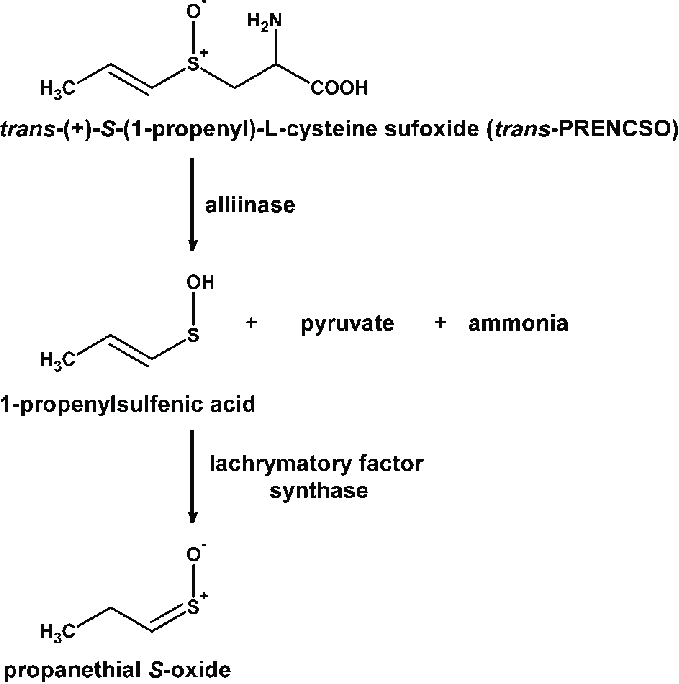ADVANCING NEUROSCIENCE : THE ROLE OF 3D PRINTING IN BRAIN TISSUE ENGINEERING
- divyashri531
- Feb 9
- 2 min read
Brain damage, caused by disease or trauma, poses significant challenges, over 70 million people suffer from Traumatic Brain Injury (TBI) often leading to profound and lasting impacts. Despite extensive efforts, pharmaceuticals and biotherapeutics have not yet provided effective solutions, pointing to the urgent need for new and innovative approaches.
University of Oxford researchers have developed 3D printing technique to potentially be used for brain repairs. A Preliminary test with a mice demonstrated that it potentially work with the implanted cells, integrating and functioning with the host tissue.
Lead author Dr Yongcheng Jim (Department of Chemistry, University of Oxford) said: ‘This advance marks a significant step towards the fabrication of materials with the full structure and function of natural brain tissues. The work will provide a unique opportunity to explore the workings of the human cortex and, in the long term, it will offer hope to individuals who sustain brain injuries.’ Human induced pluripotent stem cells (hiPSCs), a type of progenitor cell are used to develop functional units of cortical structure. The cells were suspended in solution of growth factors like collagen, chitosan and chemicals including Alginate hydrogel, Hyaluronic acid to create a Bio-ink which were then printed to produce the cerebral cortex.

However, 3D printer prints precise tissue needed for repair unlike traditional method that primarily focus on structural repair 3D printed brain tissue can also functionally integrate with the host brain tissue that is the implanted cells can communicate and interact with the existing brain cells potentially restoring lost function more effectively.
Moreover, researchers aim to further refine the droplet printing technique to develop complex, multi-layered cerebral cortex tissues that closely replicate the structure of the human brain. In addition to their potential for brain injury repair, these engineered tissues could be utilized for drug testing, studies of brain development, and advancing our understanding of cognition

In conclusion, this research not only represents a significant step forward in brain injury repair and neurological studies but also emphasizes the development of low-cost medical technologies. By enabling the creation of personalized implants that closely align with an individual’s brain structure, it holds the potential to reduce the risk of immune rejection and bring advanced, accessible solutions to those in need.
About the Author:
Divyashri R
Biotech Undergraduate
REFERENCE:
IMAGE SOURCE:




Comments